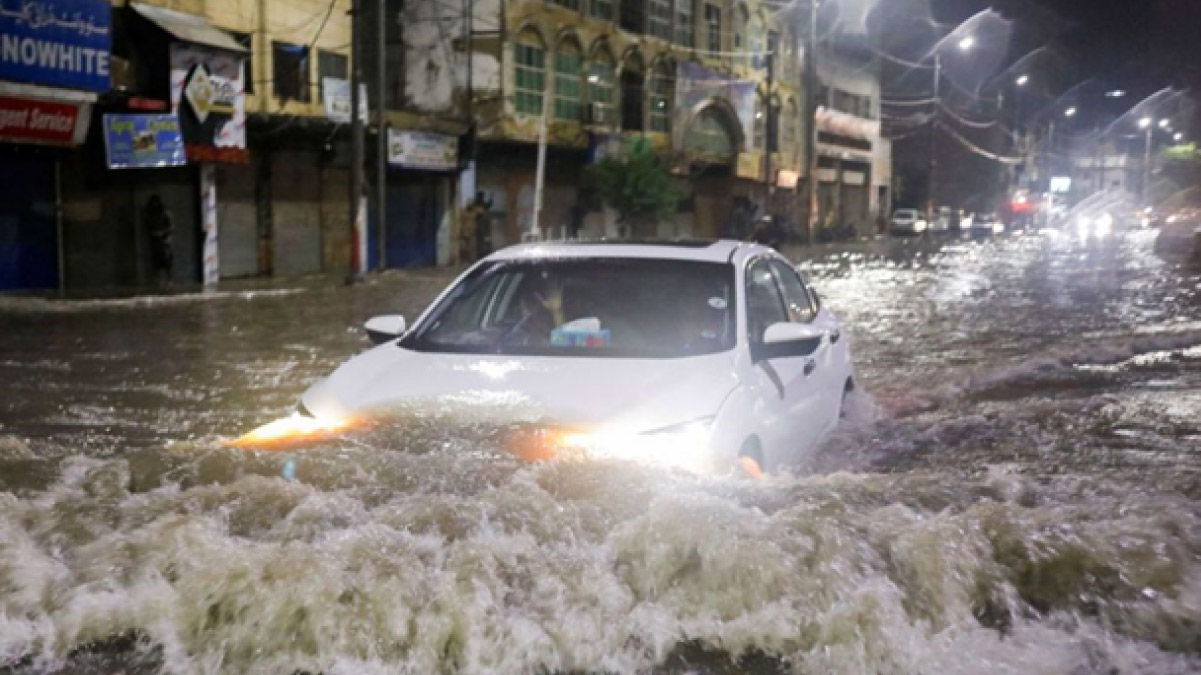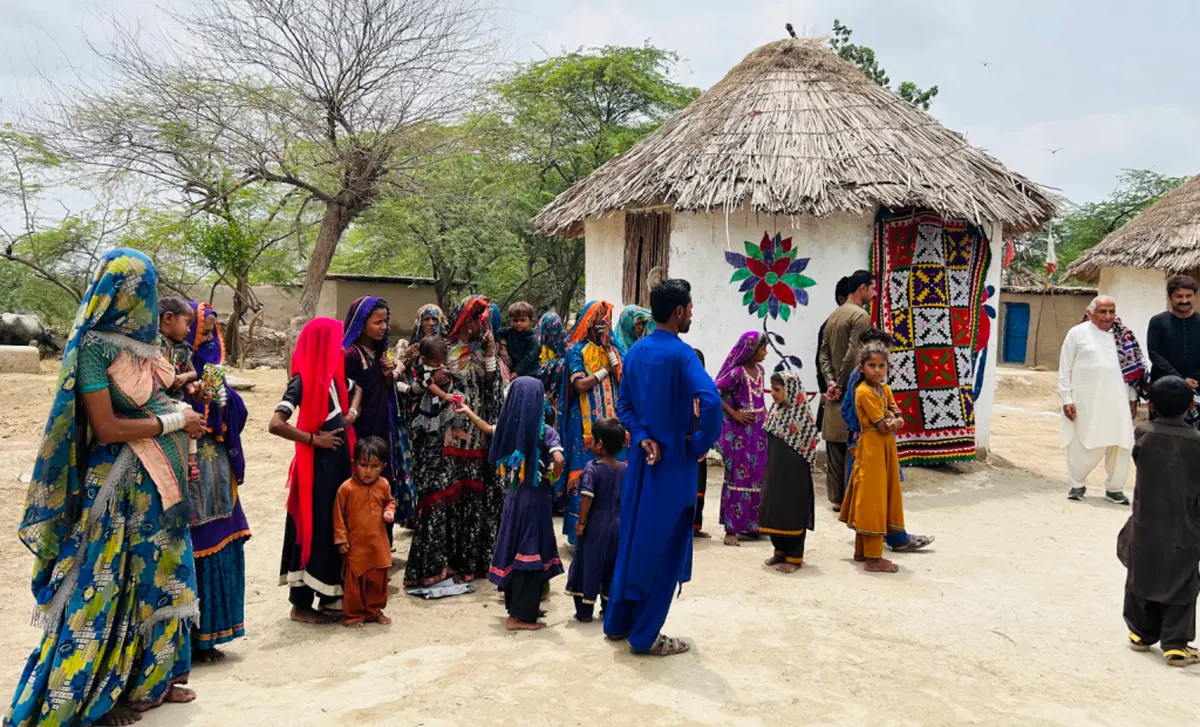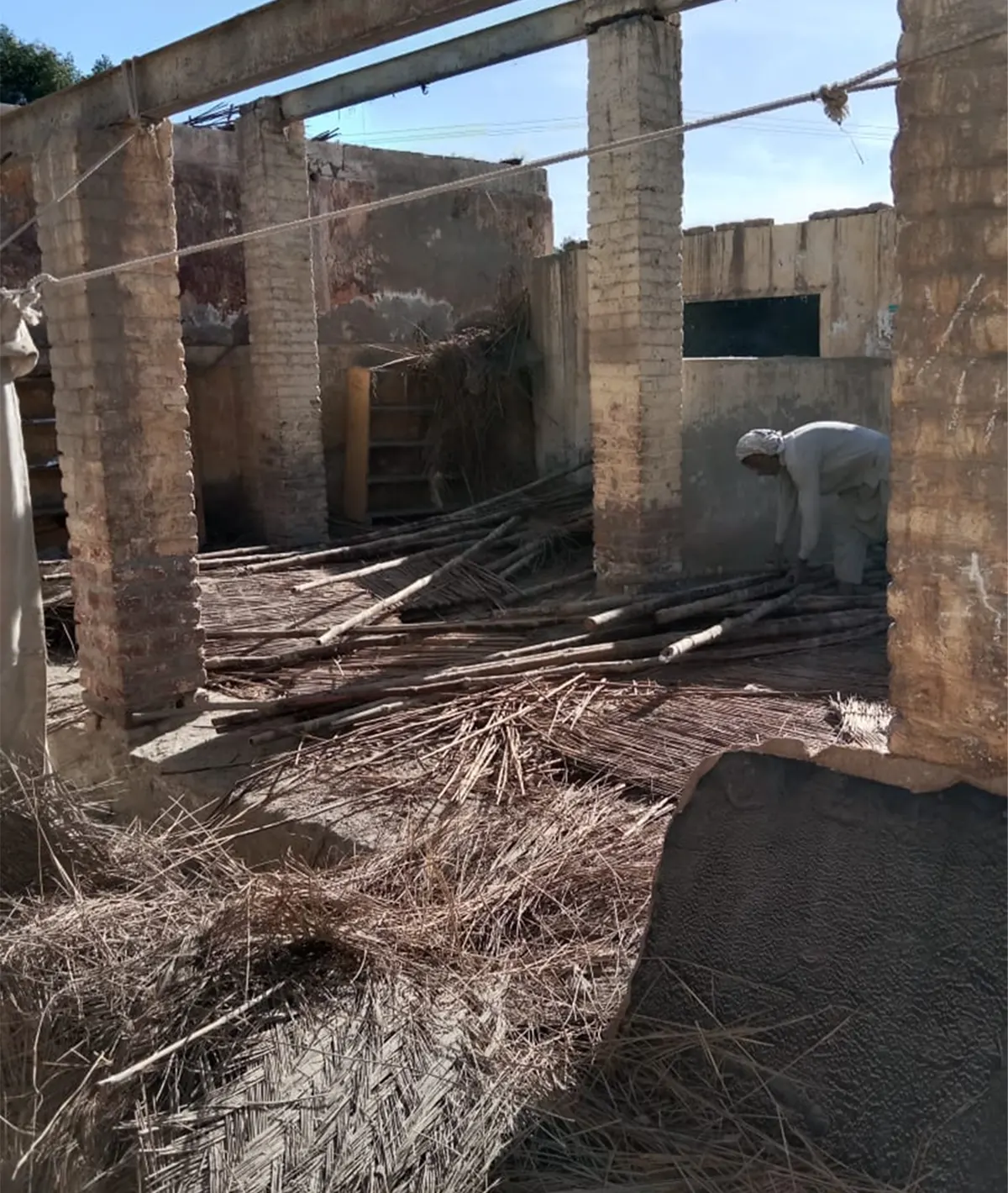Hydropower – Niagara Falls
This past year I travelled across the United States, participating in a school initiative to view some of the major sources of energy, both renewable and nonrenewable, that power our country. These energy sources included hydroelectric power, hydrogen fuel cells, and coal. In this series I will discuss some of my trips and what I learned about energy in America.
I will start with hydroelectric power, the first of my trips took me to Niagara Falls the site of some of the biggest and most majestic waterfalls in the world. The powerful torrents of water which the feed Niagara Falls, sending over 3,000 tons of water over the falls every second, make this the perfect site to produce hydroelectric power.
Something that many tourists who visit Niagara Falls don’t know is that the majority of the water flowing down Niagara River never reaches the falls. The water is instead diverted via tunnels under the City of Niagara to the massive water reservoirs of hydroelectric power plants. These reservoirs ensure that water is stored in case the river ever dries up. The water is then filtered and sent through the power plants, which have drops of their own for the water to pass through, these drops use the force of gravity to make the water flow down and push turbines, creating electricity. After the water undergoes this process, it rejoins the river.
Hydroelectric power is the main source of energy in the region, the power plants on the Canadian and American sides, generate enough energy to power approximately 3.8 million homes. I was able to see the largest of the facilities, the Robert Moses Power Plant, and its large reservoir. I was also able to learn the history of how people began to use the waterfalls for power. Smaller facilities had been previously built to use the hydro-electric power generated by the falls, and evolved into these massive facilities that remain in the area today.
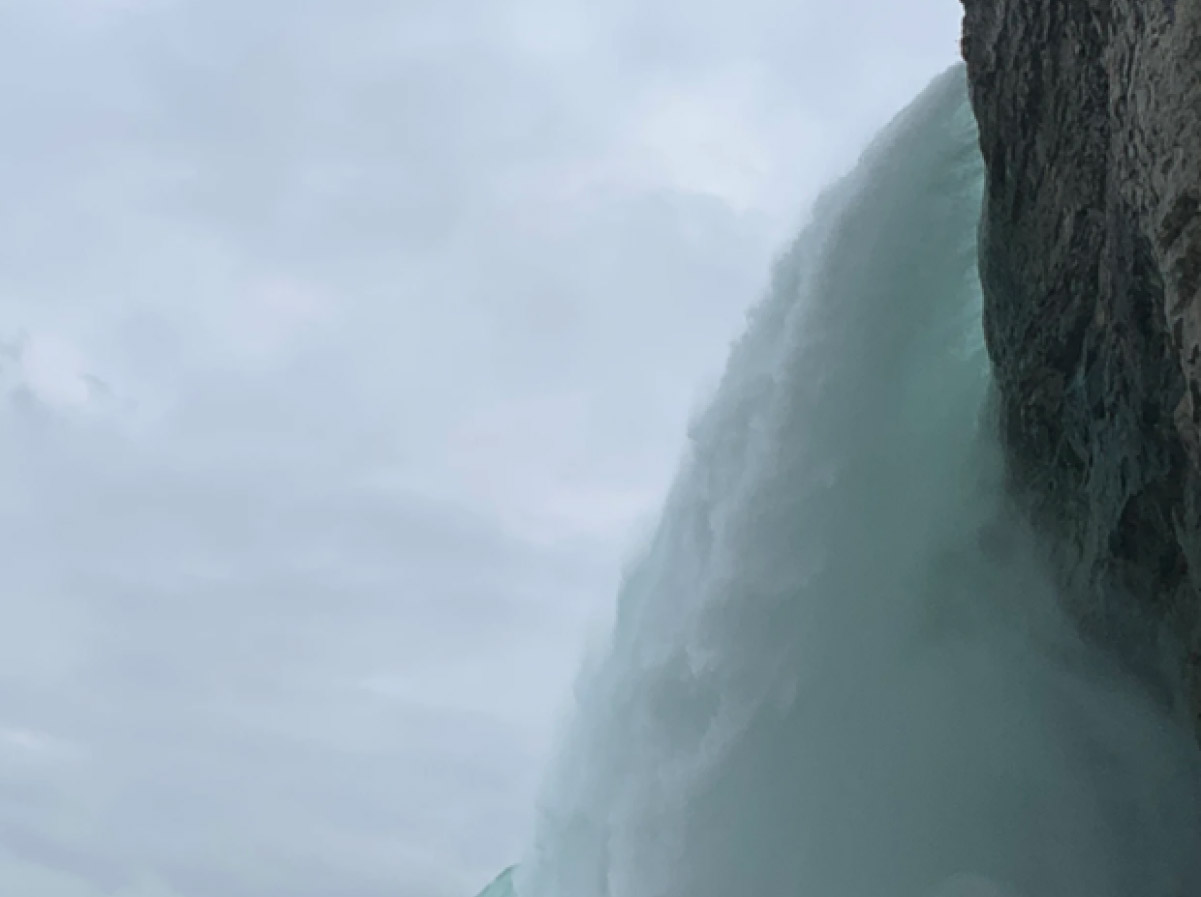
Niagara Falls provides this border region a unique opportunity to rely on a renewable energy source. Water is plentiful so hydroelectric power can be effectively used. The Niagara Falls Power Project shows how we can sustainably generate renewable energy while also keeping intact our natural sights and tourist attractions.
Acknowledgements:
Conheady, M. (2023, January 11). Niagara Falls FAQ: Power Generation. New York Nature, Waterfalls, Lakes, and Trails. https://nyfalls.com/niagara-falls/faq-4/
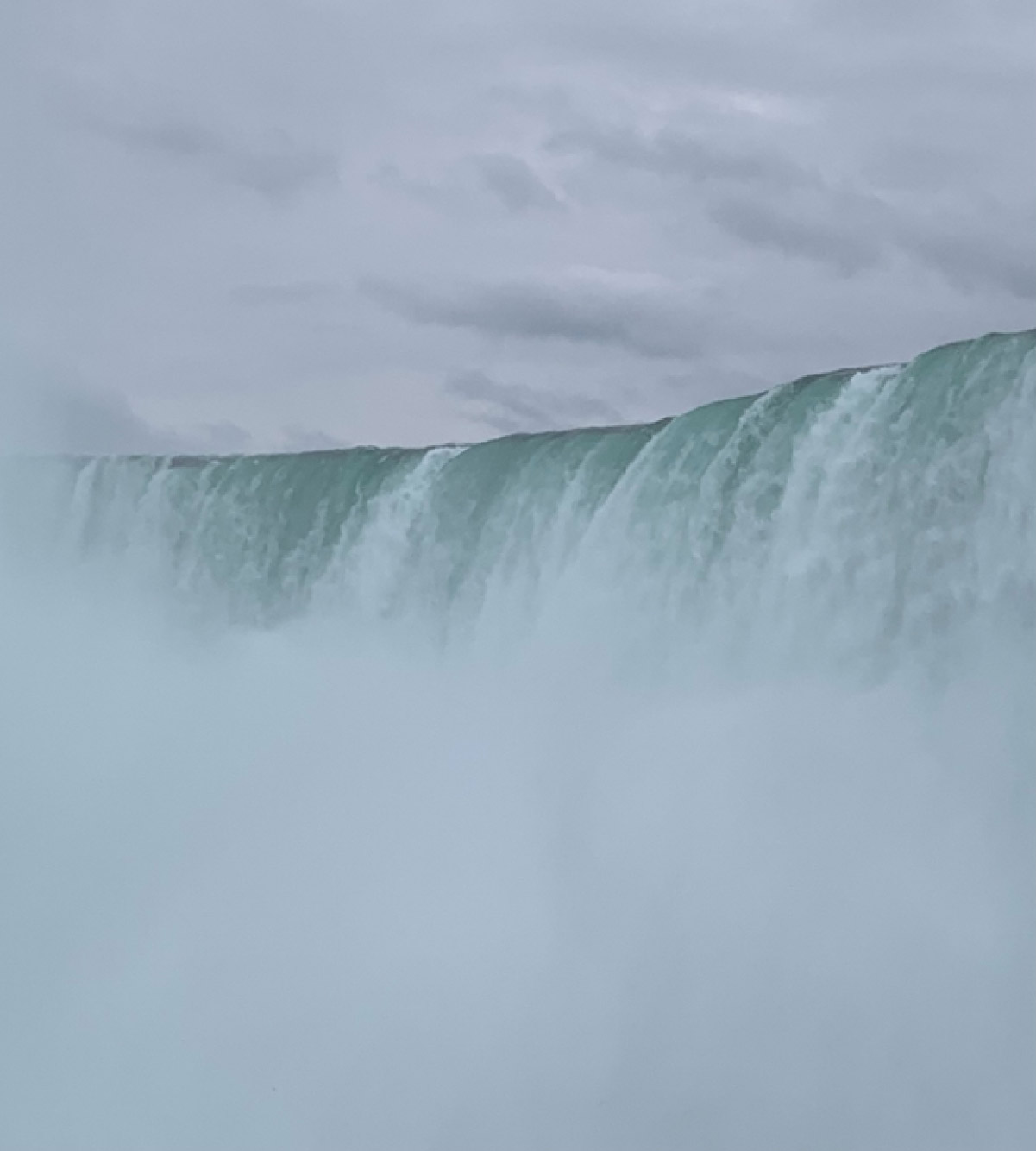
Projects
Hello I’m Ammad Zuberi, I’m sure you’ve heard of the devastating
On my trip to Pakistan this summer, I had the amazing opportunity to go and survey the sustainable village project that I had raised funds for in 2022 after deadly floods dislocated 33 million people in Pakistan.
On my trip to Pakistan this summer, I had the amazing opportunity to go and survey the sustainable village project that I had raised funds for in 2022 after deadly floods dislocated 33 million people in Pakistan.


